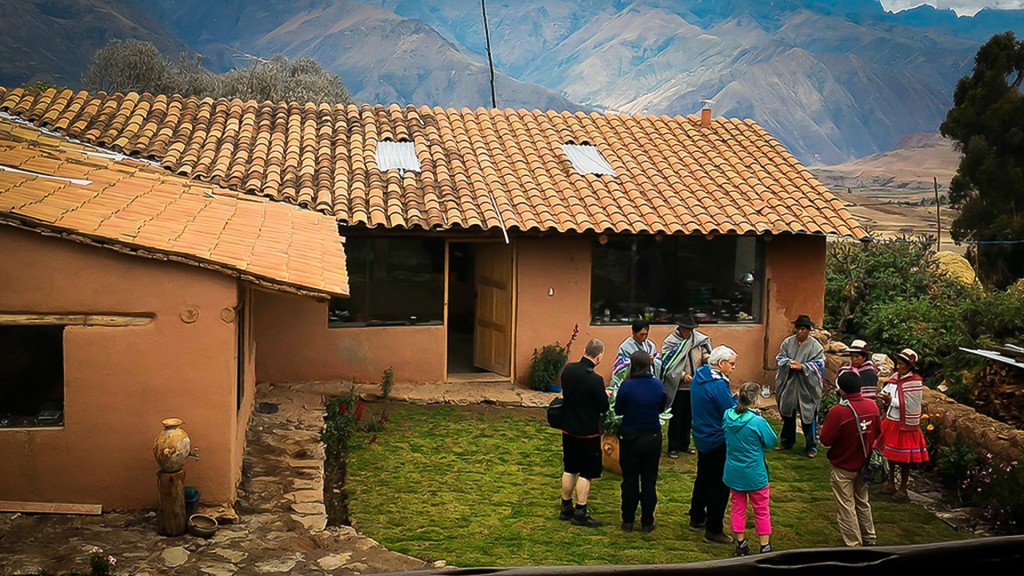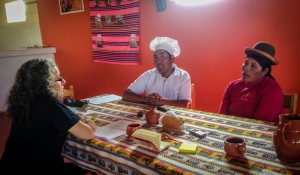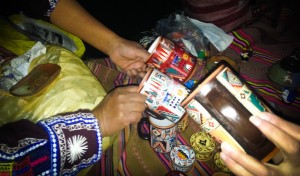Keeping Experiential Tourism Sustainable
go.ncsu.edu/readext?391045
en Español / em Português
El inglés es el idioma de control de esta página. En la medida en que haya algún conflicto entre la traducción al inglés y la traducción, el inglés prevalece.
Al hacer clic en el enlace de traducción se activa un servicio de traducción gratuito para convertir la página al español. Al igual que con cualquier traducción por Internet, la conversión no es sensible al contexto y puede que no traduzca el texto en su significado original. NC State Extension no garantiza la exactitud del texto traducido. Por favor, tenga en cuenta que algunas aplicaciones y/o servicios pueden no funcionar como se espera cuando se traducen.
Português
Inglês é o idioma de controle desta página. Na medida que haja algum conflito entre o texto original em Inglês e a tradução, o Inglês prevalece.
Ao clicar no link de tradução, um serviço gratuito de tradução será ativado para converter a página para o Português. Como em qualquer tradução pela internet, a conversão não é sensivel ao contexto e pode não ocorrer a tradução para o significado orginal. O serviço de Extensão da Carolina do Norte (NC State Extension) não garante a exatidão do texto traduzido. Por favor, observe que algumas funções ou serviços podem não funcionar como esperado após a tradução.
English
English is the controlling language of this page. To the extent there is any conflict between the English text and the translation, English controls.
Clicking on the translation link activates a free translation service to convert the page to Spanish. As with any Internet translation, the conversion is not context-sensitive and may not translate the text to its original meaning. NC State Extension does not guarantee the accuracy of the translated text. Please note that some applications and/or services may not function as expected when translated.
Collapse ▲
Community members interacting with tourists (Misminay, Cusco)
How can tourism to ancestral Incan communities be sustainable, experiential, and yet positive?
This is one of the main questions Dr. Carla Barbieri sought answers to in her visit to Cusco and Puno, located in the Andes of Peru. Barbieri and her research colleagues in Peru, Sandra Sotomayor and Claudia Gil Arroyo, interviewed 27 community members from seven indigenous communities to investigate the levels of sustainability of community-based experiential tourism. Some examples of tourist offerings there include homestays, cultural demonstrations and outdoor activities.
This study, result of a collaborative effort with the Universidad San Ignacio de Loyola (Lima-Peru), seeks to evaluate the range of positive and negative impacts that tourism is bringing to the cultural heritage (e.g., gastronomy, customs, language) of these ancestral Incan communities.
Study results will help local communities to identify areas in need of improvement towards the sustainability of their tourism efforts.




